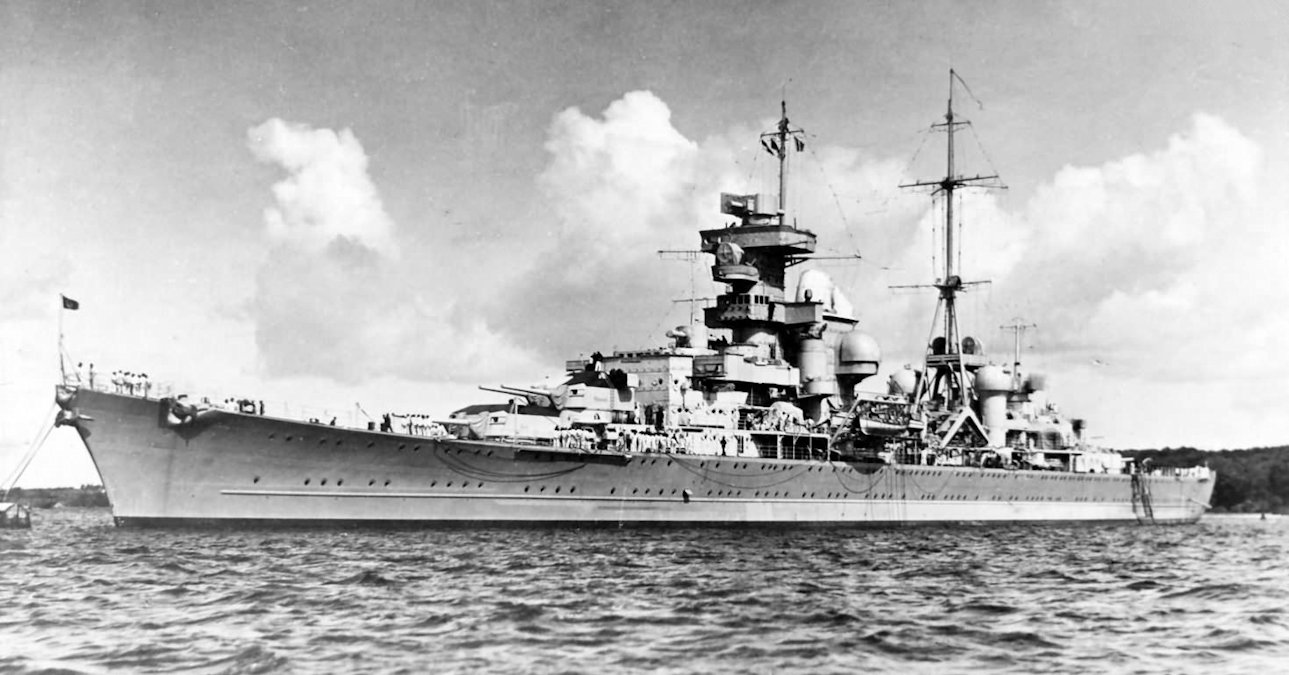Tag: warship
-
USS Prinz Eugen (IX-300)

Heavy Cruiser USS Prinz Eugen (IX-300) Prinz Eugen was an Admiral Hipper-class heavy cruiser that served with Nazi Germany’s Kriegsmarine during World War II. The ship was laid down in April 1936, launched in August 1938, and entered service after the outbreak of war, in August 1940. Prinz Eugen saw action during Operation Rheinübung, an… Read more
-
German Heavy Cruiser KMS Prinz Eugen

German Heavy Cruiser KMS Prinz Eugen Prinz Eugen was an Admiral Hipper-class heavy cruiser that served with Nazi Germany’s Kriegsmarine during World War II. The ship was laid down in April 1936, launched in August 1938, and entered service after the outbreak of war, in August 1940. Prinz Eugen saw action during Operation Rheinübung, an… Read more